What is Smart Grid?
The Smart grid enables integration, automation and real-time communication of all the technologies that operate in silos to facilitate an optimized operation of the electric grid - from generation, transmission and all the way to distribution.
What does Smart Grid do?
Today, an electricity disruption such as a blackout can have a domino effect—a series of failures that can affect banking, communications, traffic, and security. A smarter grid will add resilience to the electric power System and make it better prepared to address such emergencies.
Real-time 2-way communication sets the tone for smart grid technologies to enable activities such as - forecast generation from various distributed generation resources, aligned scheduling. On the distribution side, optimize power required, optimize network sizing, outage information and restoration, and assist consumer engagement. To allow an ideal scale up year on year as other technologies or applications that are added to support and improve various functions of a utility is what ensures a “smart grid”. A smart grid will allow applications such as demand optimization which essentially allow the proliferation of distributed generation to the mix and help a utility operator with real-time information for resource planning – day ahead and in the long term as well.
Tata Power-DDL is committed to being an enabler of this revolution, while continue keeping our customers lights “ON” safely and at the lowest possible cost.
KEY TECHNOLOGY PRIORITIES OF SMART GRID
- Smart Metering Ecosystem
- Advanced Communication System
- Distributed Energy Resources (DER) Integration
- Peer-to-Peer Energy Trading System
- Preparation and facilitation of uptake of Electric Vehicles
OUR KEY COMPETENCIES
-
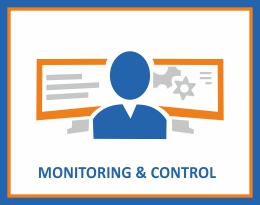
In order to manage our increasingly complex networks and to make them efficient, we are developing a range of sophisticated ways to capture and analyze the data they produce.
Know More -
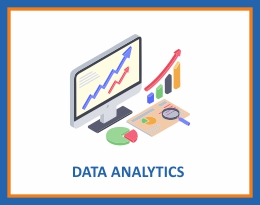
Smart Grid Data Analytics market is expanding due to grid modernization activities and increased investment in smart grid initiatives.
Know More -
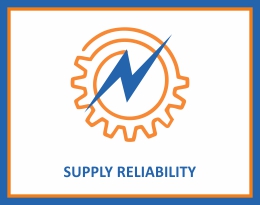
Tata Power-DDL is committed to supply Non-Stop power to over 70 Lakh (7 Million) citizens in North and North West Delhi. We deploy stakeholder-centric IT & OT and smart grid initiatives.
Know More -
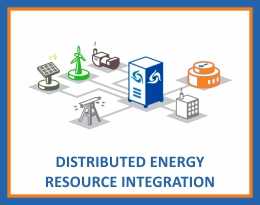
Tata Power-DDL is collaborating with technology partners towards 'Distributed Energy Resource Integration' for better peak load management, and reliable power.
Know More -
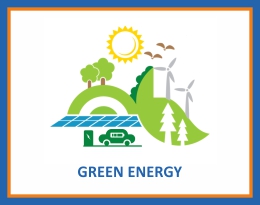
Tata Power-DDL is committed to the sustainability goals and continues to reduce its carbon footprints through RPO and various clean energy initiatives.
Know More -
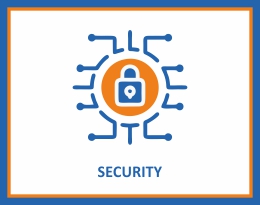
With the increasing dependency on information systems, it is imperative to realize that securing critical information is vital for the functioning of any organization.
Know More -
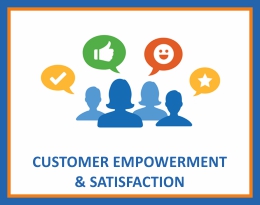
Tata Power-DDL has achieved an exemplary score of 97 in Customer Satisfaction Index. Consumer convenience is the driving force behind all our initiatives.
Know More

Smart Grid Index
The SGI benchmarking exercise conducted by Singapore Power measures the smartness of power utilities across the globe in 7 key dimensions – Monitoring & Control, Data Analytics, Supply Reliability, DER Integration, Green Energy, Security, and Custom Empowerment.
Tata Power-DDL is the 1st Indian Utility to be positioned among Top 25 Utilities across the globe with a score of 80.4

Tata Power-DDL's Smart Grid Lab
Tata Power-DDL has set up a first-of-its kind smart grid lab in India to showcase futuristic technologies including Advanced Distribution Management System, Self-Healing Grid, Automated Demand Response Grid Optimization, Home Automation, Battery Energy Storage System, to name a few. It has recently been recognized by the Government of India as an In-House R&D Unit.

STEPS TOWARDS A SMART UTILITY
- Tata Power-DDL and THDC India Limited (THDCIL) sign MoU to enhance training and skill development in the energy sectorDownload
- Tata Power-DDL Gains International Recognition with International Smart Grids Action Network (ISGAN) Award of Excellence 2024 for Grid Resilience FlexibilityDownload
- Tata Power-DDL receives patent for Self-Regenerating Breather; to enhance life of Distribution TransformersDownload
- Tata Power-DDL and Nissin Electric Co., Ltd. to commence a Demonstration Project to supply electricity from India’s First Micro Substation with Power Voltage Transformer (PVT)Download
- Tata Power-DDL and India Smart Grid Forum signs MoU for Vehicle-to-Grid Technology Demonstration ProjectDownload
- Tata Power-DDL and Administrative Staff College of India sign MoU to provide collaborative trainings and capacity building training programs in the Power SectorDownload
- Tata Power Delhi Distribution Ltd and Power Sector Skill Council Sign MoU to provide skill development training & capacity-building programs for Discoms Download
- Tata Power Delhi Distribution Ltd and IIT Roorkee sign MoU to develop innovative solutions for a greener future Download
- Tata Power Delhi Distribution Ltd and 3M India Ltd sign MoU to provide impactful technical training program for Discoms Download
- Tata Power-DDL collaborates with US-based Utiltyx to ensure cyber security and seamless power supply to consumers Download
- Department of Scientific & Industrial Research renews recognition of Tata Power-DDL’s ‘Smart Grid Lab’ as the ‘In-House R&D Unit’ Download
- Tata Power-DDL scores a hat trick of RPO Compliance; reaffirms its commitment towards building a Greener Future Download
- Tata Power Delhi Distribution Limited achieves LEED Platinum Certification for four major existing office buildings Download
- Tata Power Delhi Distribution Limited Signed its first medium-term Hydro PPA for 200MW with NTPC Vidyut Vyapar Nigam Limited Download
- Tata Power Delhi Distribution Limited joins hands with TERI to create a sustainable and low-carbon future Download
- In an industry first, Tata Power Delhi Distribution Limited partners with Anyline to deploy AI-based OCR application for Meter Reading Download
- Tata Power-DDL ties up with BlocKnots for conducting Capacity Building Programs for discoms Download
- Tata Power Delhi Distribution Limited and Siemens ink partnership for capacity building training in Power Distribution Sector Download
- Tata Power Delhi Distribution Limited, Enedis, Schneider Electric, Odit-e & Geco Global officially launch ‘Shakti’ - the Smart Grid Pilot Project in Delhi Download
- Tata Power Delhi Distribution Limited partners with Battery Smart to enable a robust EV Infrastructure Download
- Tata Power-DDL installs first-of-its-kind submersible power substation to beat the space constraints of the city Download
- Tata Power-DDL wins Asian Power Award for setting up India’s First Grid connected Community Energy Storage System Download
- Tata Power-DDL signs an MoU with NPTI for conducting trainings for Capacity Building in the Power Distribution Sector Download
- Tata Power-DDL signs MoU with Genus Power Infrastructures Limited to provide education and training related to AMI Deployment Download
- Delhi Power Minister visits South Asia’s Largest Battery Energy Storage System; appreciates Tata Power-DDL for Innovative Project in Delhi Download
- Tata Power-DDL and Siemens partner for Smart Metering Technologies Download
- Tata Power-DDL becomes the first power distribution utility in the country to receive CERT-In empanelment as an Information Security Auditing Organization Download
- Tata Power-DDL joins hands with AutoGrid to deploy AI-enabled Smart Energy Management System Download
- Tata Power-DDL’s Smart Grid Lab recognised as ‘In-House R&D Unit’ by Department of Scientific & Industrial Research (DSIR), Ministry of Science & Technology, GoI Download
- Tata Power-DDL introduces Latest ‘Narrow Band-Internet of Things’ Technology in Smart Meters Download
- Tata Power-DDL rolls out live peer-to-peer (P2P) Solar Energy Trading, a first-of-its-kind pilot project in Delhi Download
- Tata Power Delhi Distribution collaborates with Nexcharge to power up India’s First Grid Connected Community Energy Storage System Download
- Tata Power-DDL partners with SUN Mobility to set up a network of Swap Points™ in New Delhi Download
- Tata Power-DDL launches Chat-Bot ‘Roshni’ to enhance Digital Experience of Consumers Download

 Login
Login




